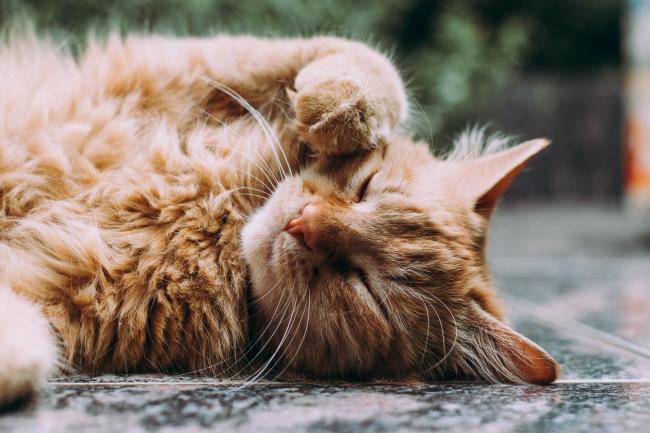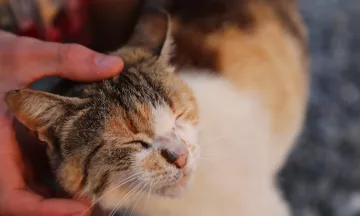How do I choose the best cat litter?
It might take some experimenting to find the right cat litter because each cat and owner has unique needs and priorities. There are many litter options out there, so take the time to research before settling on the perfect product.
Your cat's age, size, breed and personal preference should be weighed up when making your choice. Additionally, as a pet owner, you need to consider what you can afford, the performance you expect and the materials you'd prefer to have in your home.
Here is our handy guide to choosing a perfect cat litter for you and your cat.

Your cat's age and preferences
If you've recently adopted a cat or kitten, give them some time to continue using their usual litter before trying a new product.
Another point to consider is that very young kittens might be inquisitive with clumping litters. As such, you may want to wait until your kitten is older to prevent them from nibbling on clumps in their litter tray. Younger or older cats may also have sensitive paws, so opt for a softer plant or paper-based litter rather than crystal or clay.
If your cat won't use their litter tray or has frequent accidents, there might be something else going on. Here is a guide to dealing with common cat litter problems.
Clumping vs non-clumping cat litter
Clumping cat litter forms scoopable clumps when it gets wet, and is much easier to sift and dispose of. On top of this, it has the power to disguise odours, which is important if you live in a small apartment!
On the flip side, you might want to check if your clumping litter is flushable, as some clumping litters can only be disposed of in the garbage.
Natural clumping litters are usually flushable, though be sure to check the label. These litters contribute less to landfill and are kinder to the environment.

Scented vs unscented cat litter
We humans might appreciate a nice floral perfume, but your cat is super sensitive to scent and might not be so keen. As such, it's worth considering an unscented litter if your cat is sensitive to odours.
If you aren't a fan of stinky litter, be sure to scoop out your cat's litter frequently. Likewise, it could be worth considering a clumping cat litter for its odour-hiding power.
Tracking cat litters
'Tracking' refers to when your cat kicks or walks litter outside of their tray.
This might not bother you if you have hard floors, or lay down some mats or newspaper. Otherwise, pick a heavier product that is less trackable if treading on litter makes you cringe.
Litters with smaller pellets can get tossed around more easily than bulkier litters. As such, prevent tracking by sticking with larger pellets made from corn or paper and avoid dusty, clay-based litters.
Natural vs synthetic cat litter
Litter, like all waste products, has to come from and end up somewhere. As such, we strongly suggest choosing a less environmentally harmful natural litter made from paper, plants or wood.
Some plant and paper-based litters are biodegradable and compostable and can be buried in the garden. If you do this, keep well clear from your vegetable patch to avoid contamination!
Clay and crystal litters have to be mined from the earth, which can take a toll on the natural environment. They also need disposing of in the bin, so are the least eco-friendly. If your cat refuses to use another product and you do need to pop them in the bin, use biodegradable or compostable bags.






